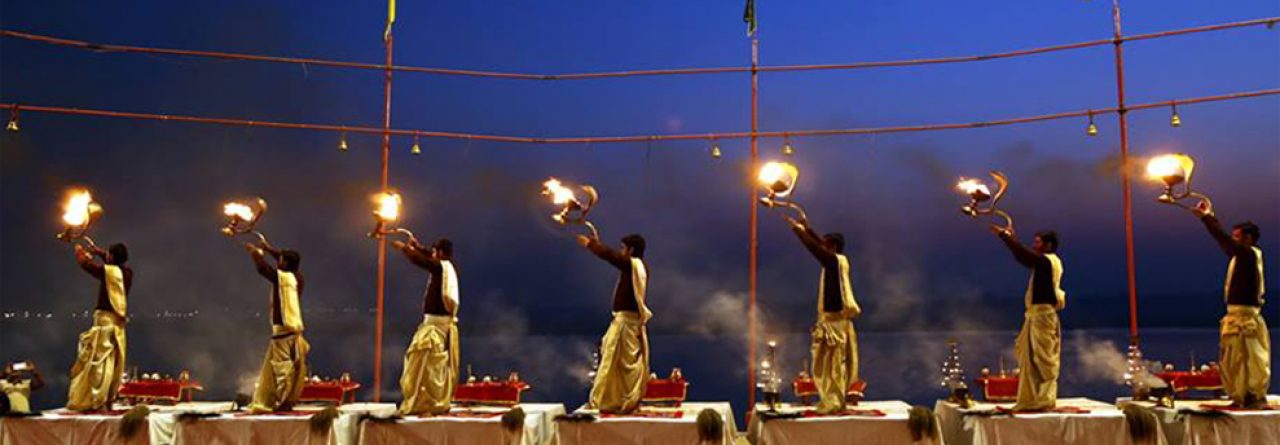In Brij bhoomi we have four deities of Lord Shiva, in four directions, known a “Dik-Palas”. They are supposed to be the protectors of Brij Dhama from all directions. Besides that is Nandeshwara Mahadeva, at Nand Maharaj’s palace in Nandgaon.
Nandeshwara Mahadeva:

The palace of Nanda Maharaja is situated atop Nandeshwara hill in Nandagaon. Lord Shiva asked for a boon from Narayana of getting a chance to witness the Brij pastimes of Lord Krishna. Reciprocating with this desire, Lord Krishna granted him this form in Nandagaon. Lord Shiva has stayed at Nandagaon in the form of Nandeshwara Mahadeva and even today, the charnamrita and maha-prasada of Lord Krishna is first offered to him.
Bhuteshwara Mahadeva:

Bhuteshwara Mahadeva protects Brij-Dhama from the western side. The tradition is that when coming to Brij Dhaama, one must first go to Mathura to take permission from him to enter the dhama. Sri Chaitanya Charitamrta (Madhya 17.191) by Srila Krishnadasa Kaviraja Goswami describes how Lord Chaitanya also visited Bhuteshwara Mahadeva on his visit to Brij Dhama:
स्वयंभू, विश्राम, दीर्घ-विष्णु, भूतेश्वर
महाविद्या, गोकर्णादि देखिला विस्तार Continue reading “Lord Shiva’s presence in Brij Dhaam – Brij Yatra Diaries”






















